.276 Pedersen and the “Other” Garand?
December 14th, 2021
9 minute read
What was the first true intermediate cartridge? Most responses will point to 7.92x33mm or 7.62x39mm. An argument can be made that .30 Carbine pre-dates both, but if you broaden the definition into more of an intellectual concept it is possible to identify an intermediate cartridge that was developed almost two decades earlier: the .276 Pedersen.
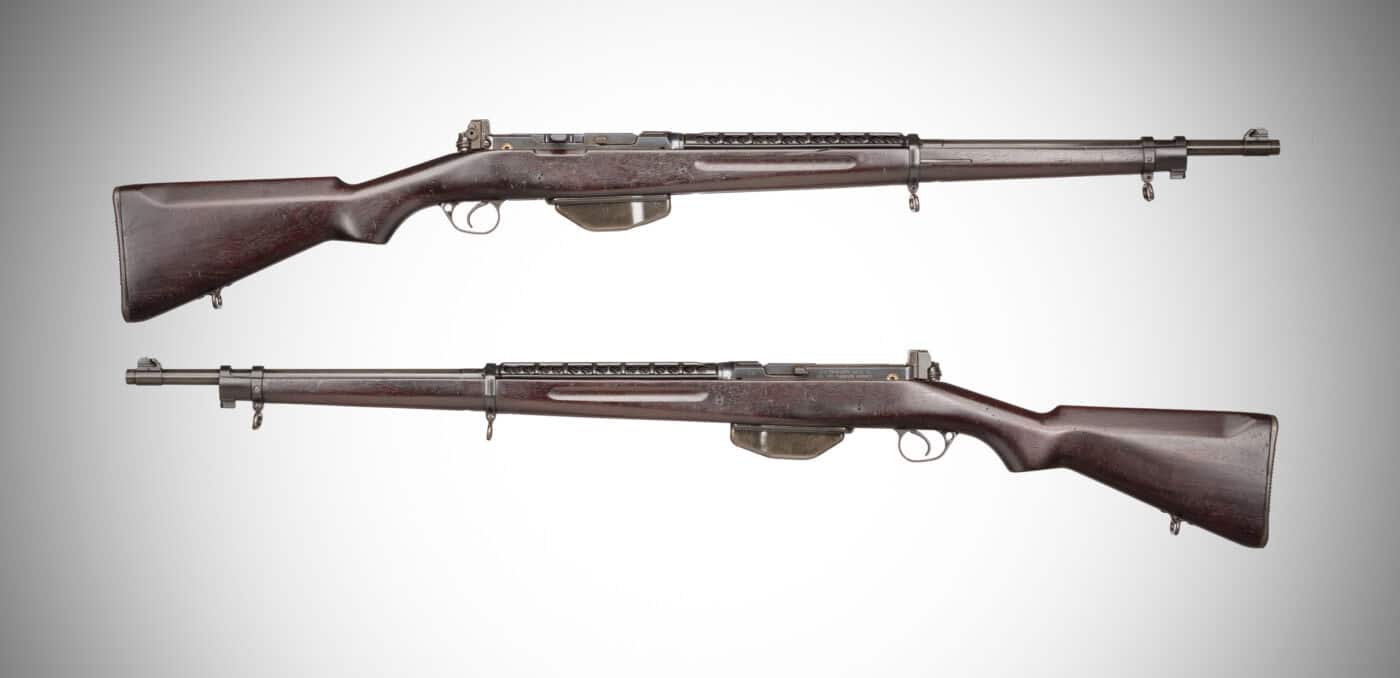
It was born under the unique circumstances of the post-Versailles era as the U.S. Army looked toward its future and began to explore new possibilities. But .276 Pedersen flashed onto the scene only briefly and faded quickly after the U.S. military chose not to adopt any of the rifles designed to fire it.
A New Standard
World War I was fought mostly by manually operated bolt-actions rifles, but over the course of the conflict several different individually portable self-loading weapons performed notably well. The British Lewis gun, the French Chauchat and, shortly before the armistice, the Browning Automatic Rifle, each demonstrated the value of automatic fire, but they chambered full-power rifle cartridges, they fired from the open bolt, and they were too heavy and unwieldy to be used as rifles.
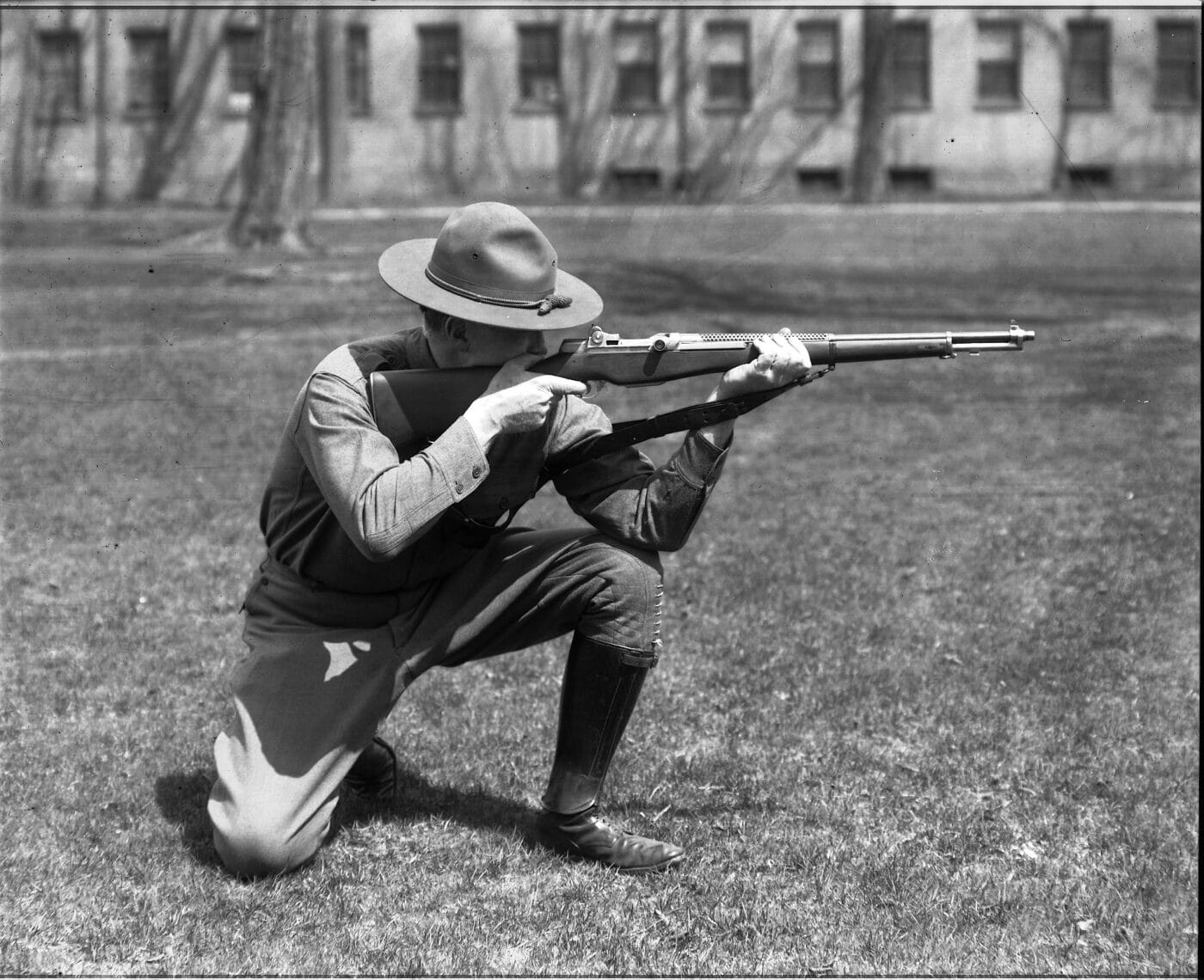
Thus, the engineering challenge that emerged during the conflict was to reduce the size and weight of a self-loading shoulder arm to such a point that it was reasonably close to the size and weight of a bolt-action rifle. In the aftermath of the Great War, this became the U.S. military’s biggest research and development effort, and that effort led to the creation of the .276 cartridge.
John C. Garand went to work for Springfield Armory in November 1919 and immediately began developing a .30-06 self-loading rifle using the primer actuated operating system. In this system, gas pressure drives the cartridge’s primer rearward like a piston which in turn forces the rifle’s bolt into an operating cycle. John Garand spent his first few years at Springfield refining and improving the design of the primer actuated .30-06 rifle, while the prolific arms designer John D. Pedersen approached the challenge from another angle.
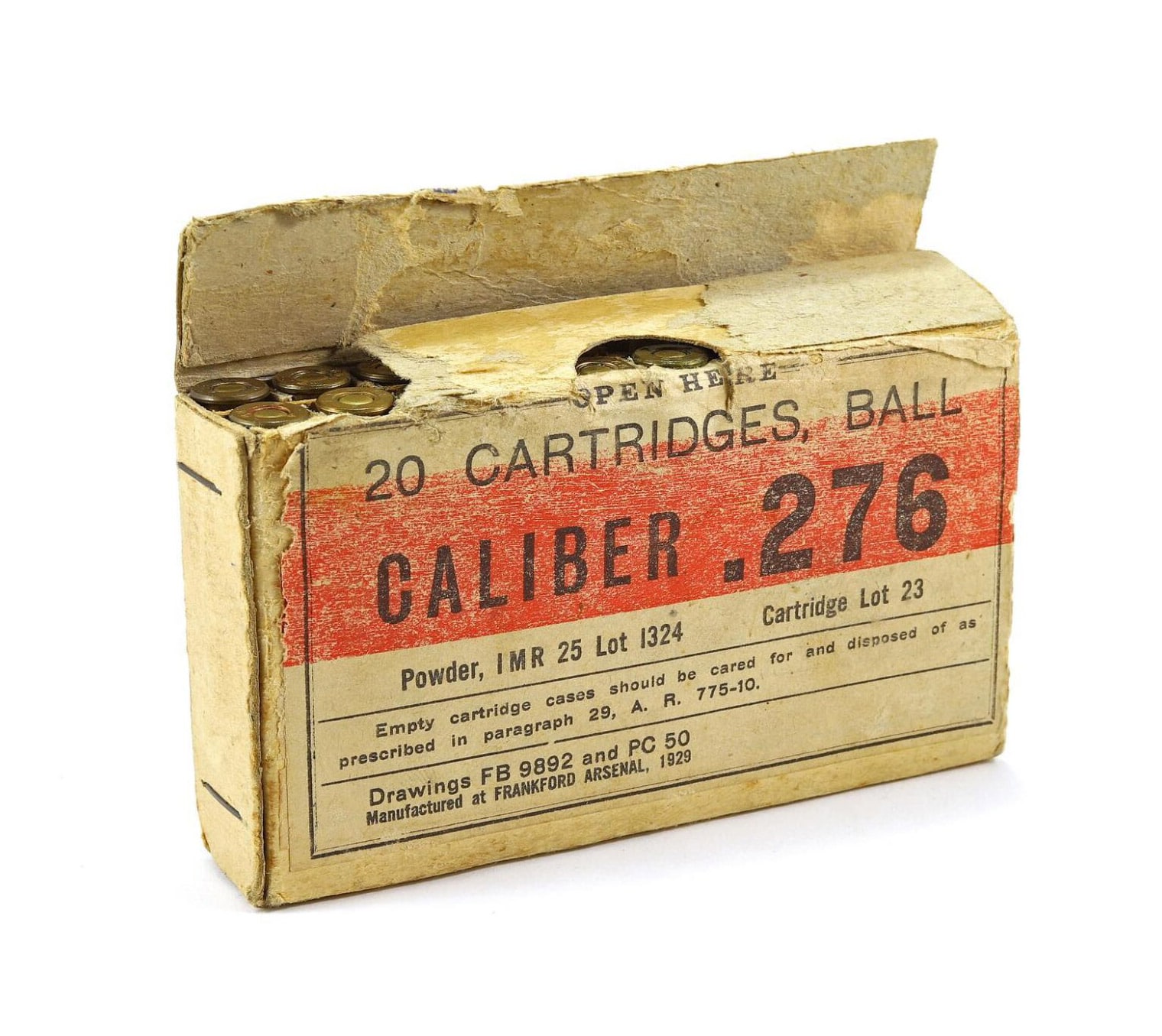
In 1923, the U.S. Army Ordnance Department entered into a contract with Pedersen whereby he was given an annual salary, a project budget, and office space at Springfield Armory. At the same time, it published specifications about what it wanted: a self-loading service rifle weighing less than 8.5 lbs. that was accurate out to 800 yards and chambered for a cartridge using a bullet of no less than 7mm diameter.
Since the Army did not require .30-06, Pedersen did not use it — designing instead a shorter, lighter, and less powerful cartridge around a 125-gr. bullet in .284 caliber. Once the cartridge was done, Pedersen then designed a toggle-delayed blowback semi-automatic rifle with a bore diameter of .276 to shoot it.
By February 1924, his rifle was ready for the world. It was 44” long with a 24” barrel, weighed barely over 8.5 lbs., and fed from an internal magazine charged by a 10-shot en bloc clip. After a successful demonstration at the armory on May 10, 1926, the Pedersen was described as “highly promising” and an order for 20 rifles and five carbines was quickly placed.
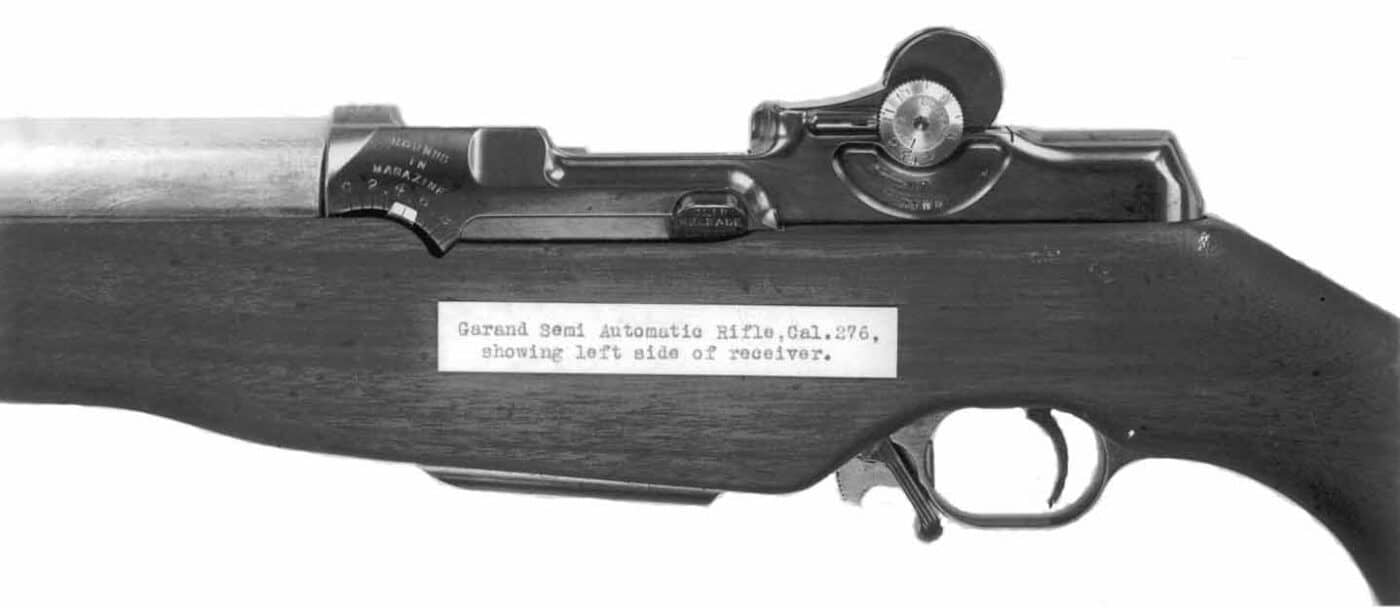
The following month, John Garand’s primer-actuated Model 1924 in .30-06 was evaluated by the Ordnance Board at Fort Benning, Georgia alongside several other candidate designs. When the board selected the Garand rifle, it meant that the next stage of the evaluative process would be testing it against the Pedersen rifle.
At about the same time though, the Army adopted an improved version of the .30-06 cartridge designated .30 M1 ball. This iteration of the cartridge used a heavier 174-gr. boattail bullet, an improved powder and a re-designed primer. The Pedersen rifle was unaffected by the revised cartridge, but the Garand Model 1924 could not be modified to operate using it. This unexpected impasse forced John Garand to make a decision that would change the course of American military small arms.
Undeterred, Garand abandoned the primer-actuated operating system and immediately went to work designing a gas-operated semi-automatic rifle. His instinct was that, regardless of how great the new .276 cartridge performed, the U.S. Congress would be reluctant to fund the adoption of a rifle chambered for it, so he stuck with .30 caliber.
In short order, he had a prototype ready for testing that employed a rotating bolt and was designated T1. But when the Army’s Ordnance Committee examined it in December 1927, they were more interested in the rifle’s design than its caliber. By this time, many of the board’s members had been sold on the strong advantages that the .276 Pedersen cartridge had to offer: it was lightweight, produced low recoil and low heat, making it optimal for use in a semi-automatic rifle. Accordingly, the committee directed John Garand to suspend further development of his gas-operated .30 caliber T1 rifle and produce a version of it in the .276 Pedersen.
Not Enough?
But even as that work began, not everyone on the committee was convinced that John Pedersen’s cartridge could produce battlefield lethality comparable to .30 caliber. It was already understood that smaller caliber bullets had a higher “lethality index” at close ranges, but as of 1928 that knowledge operated on a theoretical basis only as there had been no practical test using a human tissue analog.
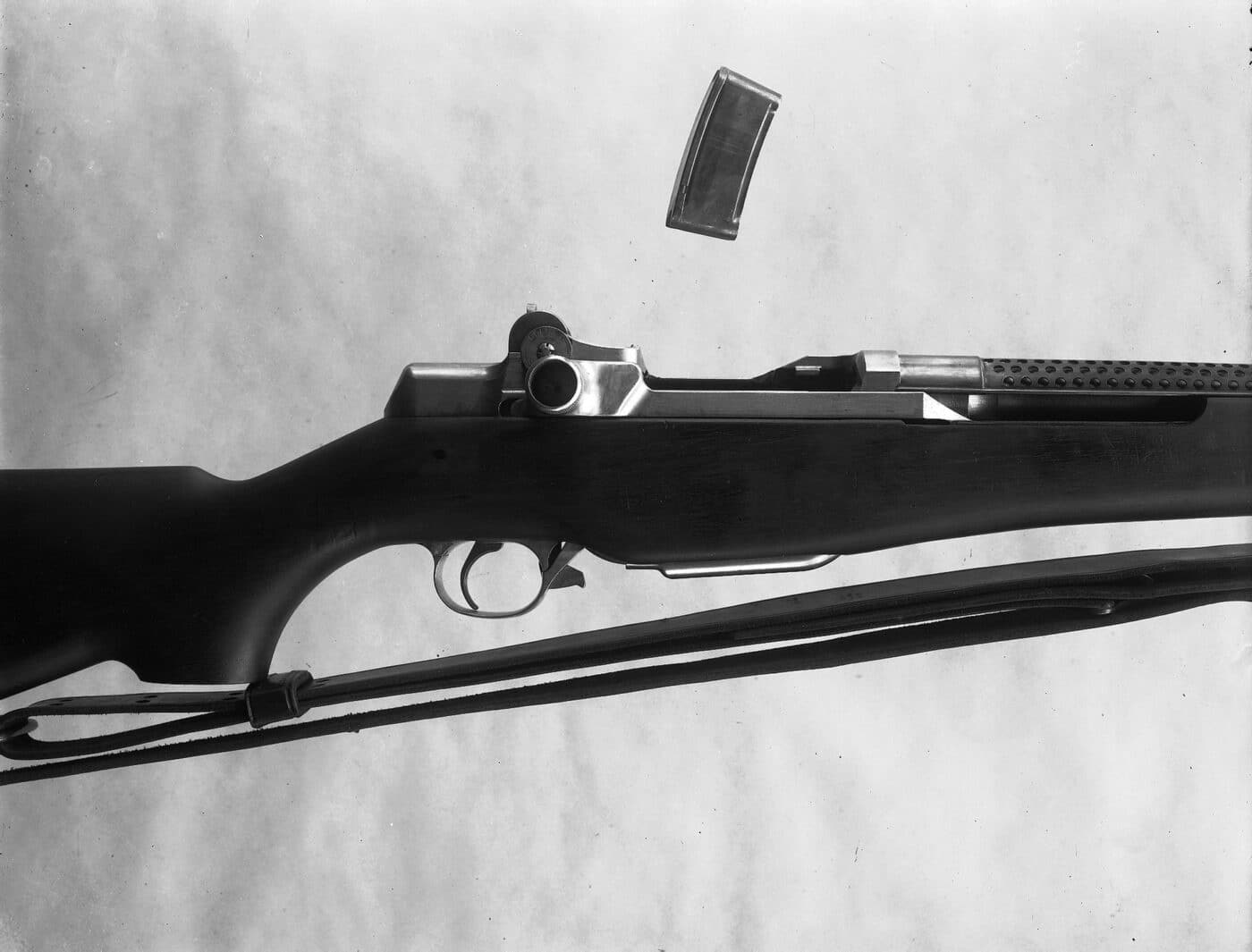
Since that was the case, a ballistics study was conducted in June and July of that year that would infamously be remembered as the “Pig Board” because of its use of 18 anesthetized pigs as test subjects. Another board in 1930 used anesthetized goats. The outcome of both boards confirmed that smaller caliber bullets inflicted the most damage at 300 yards and that .30 caliber bullets inflicted the most damage at 1,000 yards.
At the conclusion of the “Pig Board” study in 1928, the War Department created a 12-member committee made up of officers from the Army, Navy and Marine Corps, the purpose of which was to select the best cartridge and a semi-automatic rifle to shoot it. In September 1928, the aptly named Combined Services Semiautomatic Rifle Board recommended the adoption of a self-loading rifle chambered for the .276 Pedersen cartridge to replace the .30 caliber M1903 rifle. Just nine months later, in July 1929, six designers submitted rifles to the Semiautomatic Rifle Board for consideration. One of the six was John Garand’s first .276 rifle — the T3.
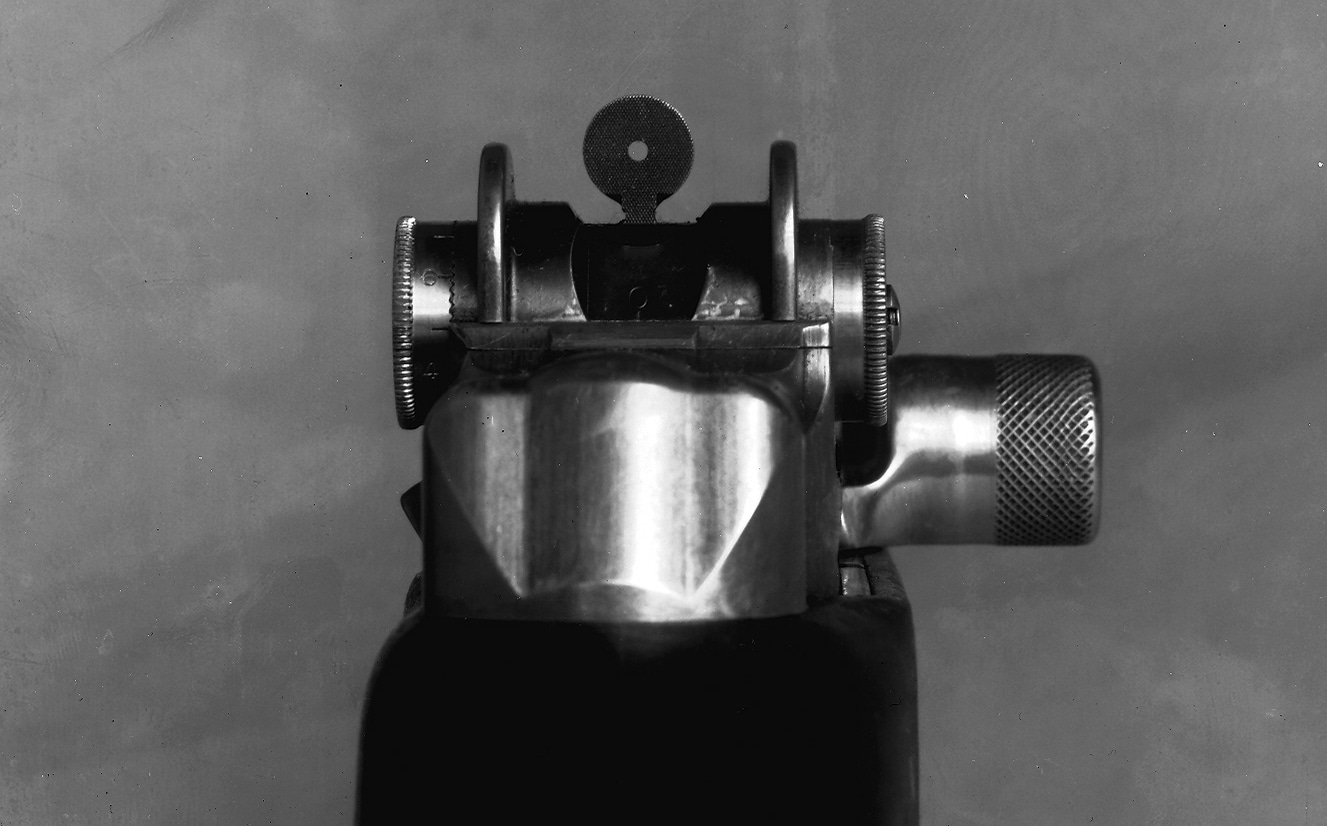
Only two of the six rifles passed all tests and they just so happened to be the two guns designed at Springfield — the Pedersen and the T3 Garand. In its conclusion, the Board stated that the two rifles were “superior to any of the others in general suitability for service use.”
Furthermore, the board requested some minor modifications to the T3 Garand and ordered 20 guns for full-scale field trials, the results of which would be compared to the field trials that had previously been conducted using the Pedersen rifles and carbines. Garand quickly made the changes that the board requested and then added a few of his own such that, by October 1929, the one-off T3E1 was born. After testing it at the armory in early 1930, Garand simplified the design and the T3E1 became the T3E2.
Between January and April 1931, toolmakers at Springfield built the 20 Garand trial rifles in the armory’s model shop according to the T3E2 drawings, and those rifles reportedly “behaved very well” during trials.
Apples to Apples?
As the final round of tests was about to begin, the T3E2 enjoyed several noteworthy advantages over the Pedersen. First, the T3E2 was made up of 60 parts, while the Pedersen consisted of 99. In addition to that, the T3E2 did not require lubricated ammunition.
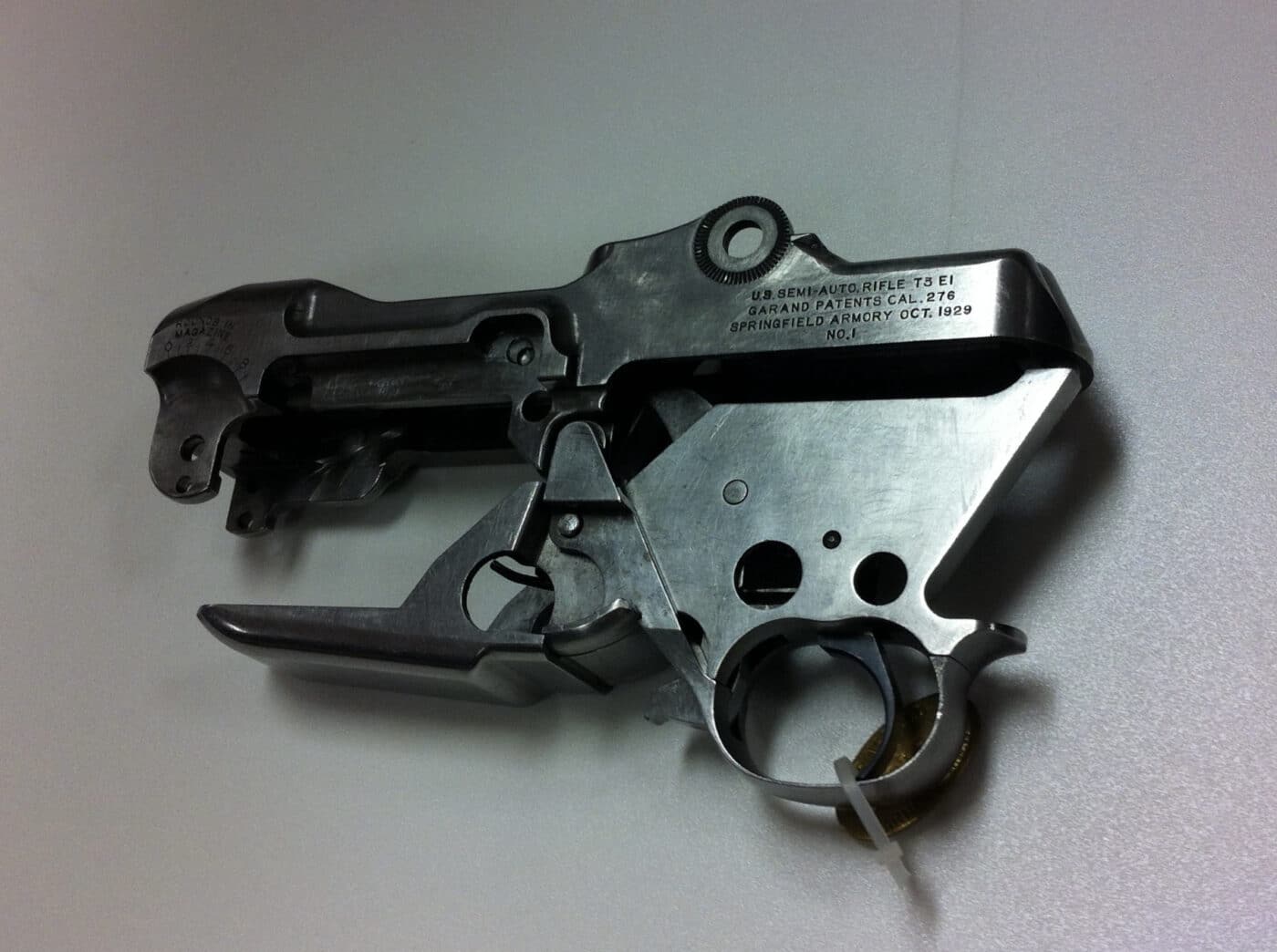
From the beginning of the Pedersen rifle’s journey, it was considered a disadvantage that a wax coating on the cartridges was necessary for the gun to extract under pressure. Finally, if the Pedersen rifle was selected the government would be obligated to make a royalty payment to its designer for every unit delivered. This obligation dated back to the contract that the government had signed with Pedersen in 1923, and yet no royalty would have to be paid if the Garand rifle was selected.
The T3E2s were evaluated first by the Army’s Infantry Board, then its Cavalry Board, and then ultimately by the Combined Services Semiautomatic Rifle Board. In each case, the .276 Garand was declared the clear winner. During the first week of 1932, the Board recommended its adoption and requested the immediate production of 125 examples of the rifle. But a surprise plot twist was waiting in the wings.
Back to the Source
At the conclusion of the 1929 trials, the Semiautomatic Rifle Board had showed a renewed interest in the .30 caliber cartridge. In addition to ordering 20 T3 rifles in .276, it also ordered an improved .30-caliber Garand designated T1E1.
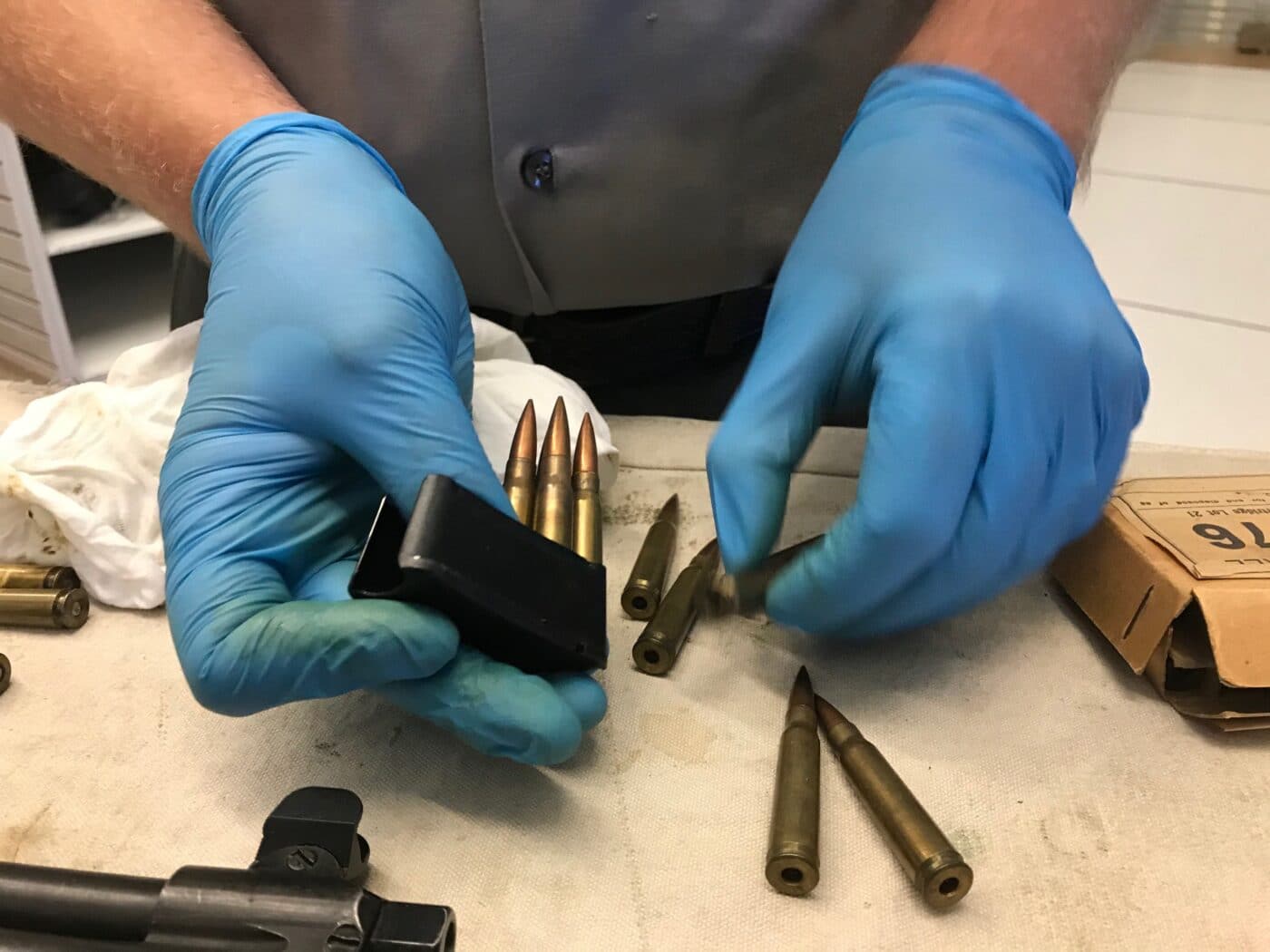
A lot had changed since the quest to adopt a semi-automatic service rifle began 10 years earlier. Back then it seemed unlikely that a self-loading .30-caliber rifle could be developed that weighed less than 10 lbs., but by 1929 one actually existed. Not everyone was convinced that adopting the .276 cartridge was a great idea though, and the Stock Market Crash made their concerns all the more pronounced.
To them, dire economic conditions might make it difficult to convince the Congress to spend lavishly on both a new rifle and a new cartridge, and as the Great Depression began to spin out of control in 1930, the T1E1 Garand began to look like an easier sell. But then the T1E1’s bolt developed a crack during firing tests and the rifle had to be withdrawn from the trials on October 9, 1931.
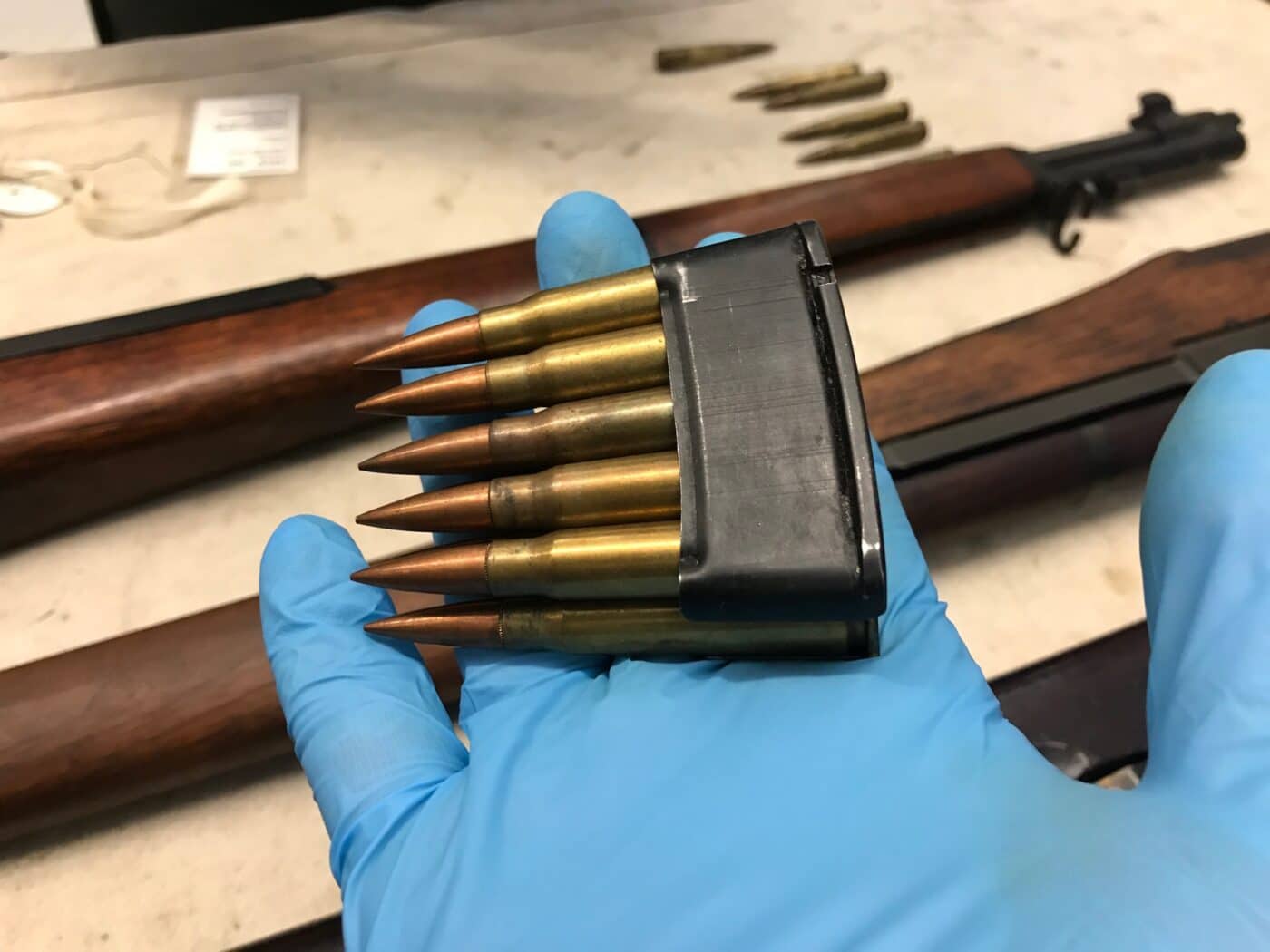
Just a few weeks later, the Board recommended moving forward with the .276 cartridge and the T3E2 rifle, making it look once again like the aspiration of adopting a .30-caliber Garand would never be realized. But the new year would bring an improved T1 Garand and a final decision that would settle the matter of the semi-automatic rifle and its caliber once and for all.
Finally Settled
In February 1932, Army Chief of Staff Douglas MacArthur ordered all work on the .276 rifles and ammunition to cease immediately, and for all resources to be dedicated to correcting the problems with the .30-caliber T1E1. By then, John Garand had built a new bolt for the rifle and completed a few other adjustments to the design so that it could resume test and evaluation. The following month, this modified version received the designation T1E2 and if it performed well, the T3E2 Garand and the .276 cartridge would be officially and forever done.
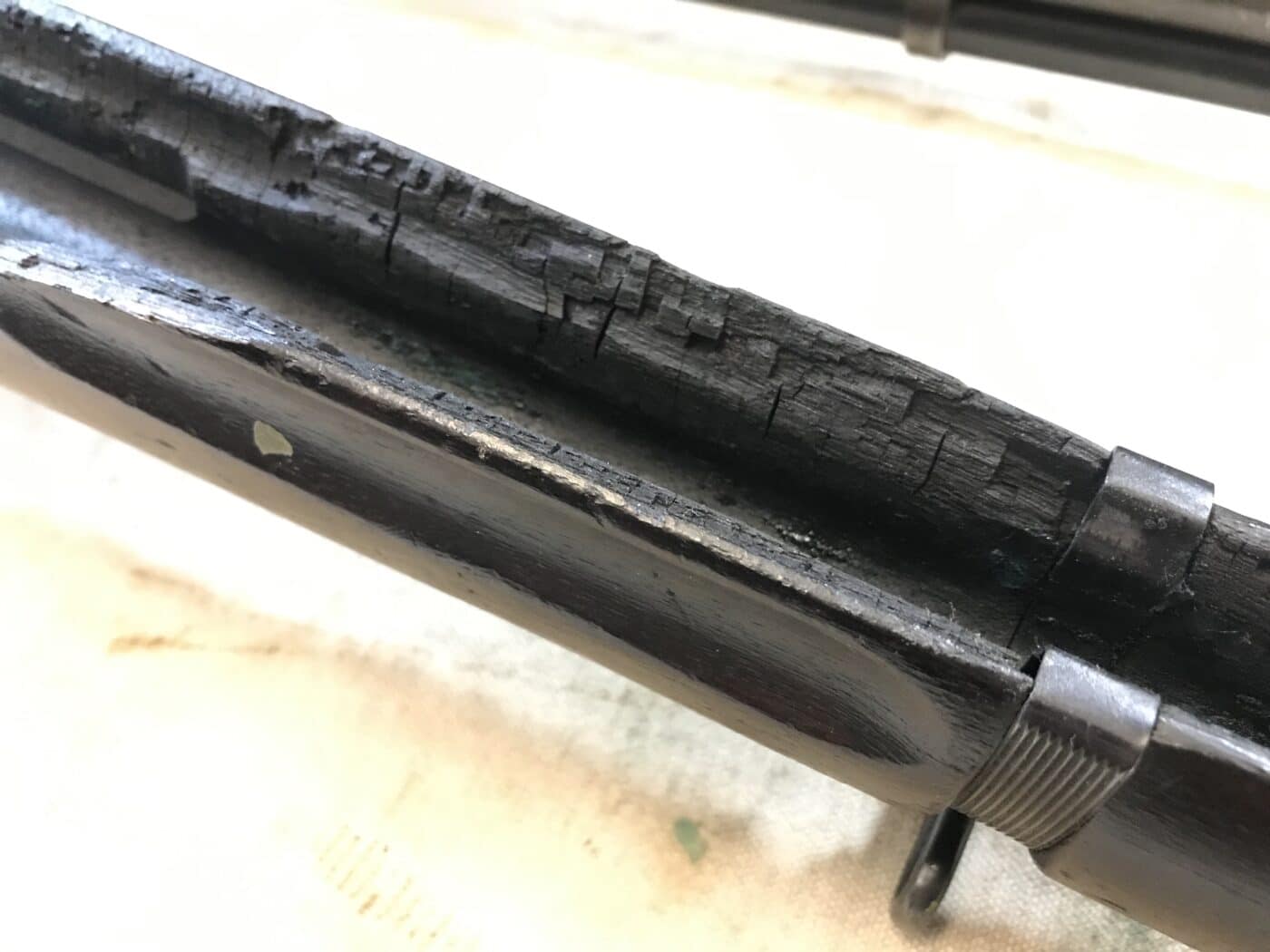
As fate would have it, the T1E2 did very well in the months that followed — so well in fact that it was ultimately adopted as the “U.S. RIFLE CAL. 30 M1” on August 3, 1933. Nevertheless, there was a brief span of years during which the many engineering challenges associated with designing a self-loading service rifle were eased by the introduction of a less powerful cartridge.
Conclusion
Although .276 Pedersen is bigger and more powerful than what is typically recognized as being an intermediate cartridge, that is spiritually exactly what it was designed to be. Today nobody loads it, nobody shoots it, and only a few collectors own examples of it.
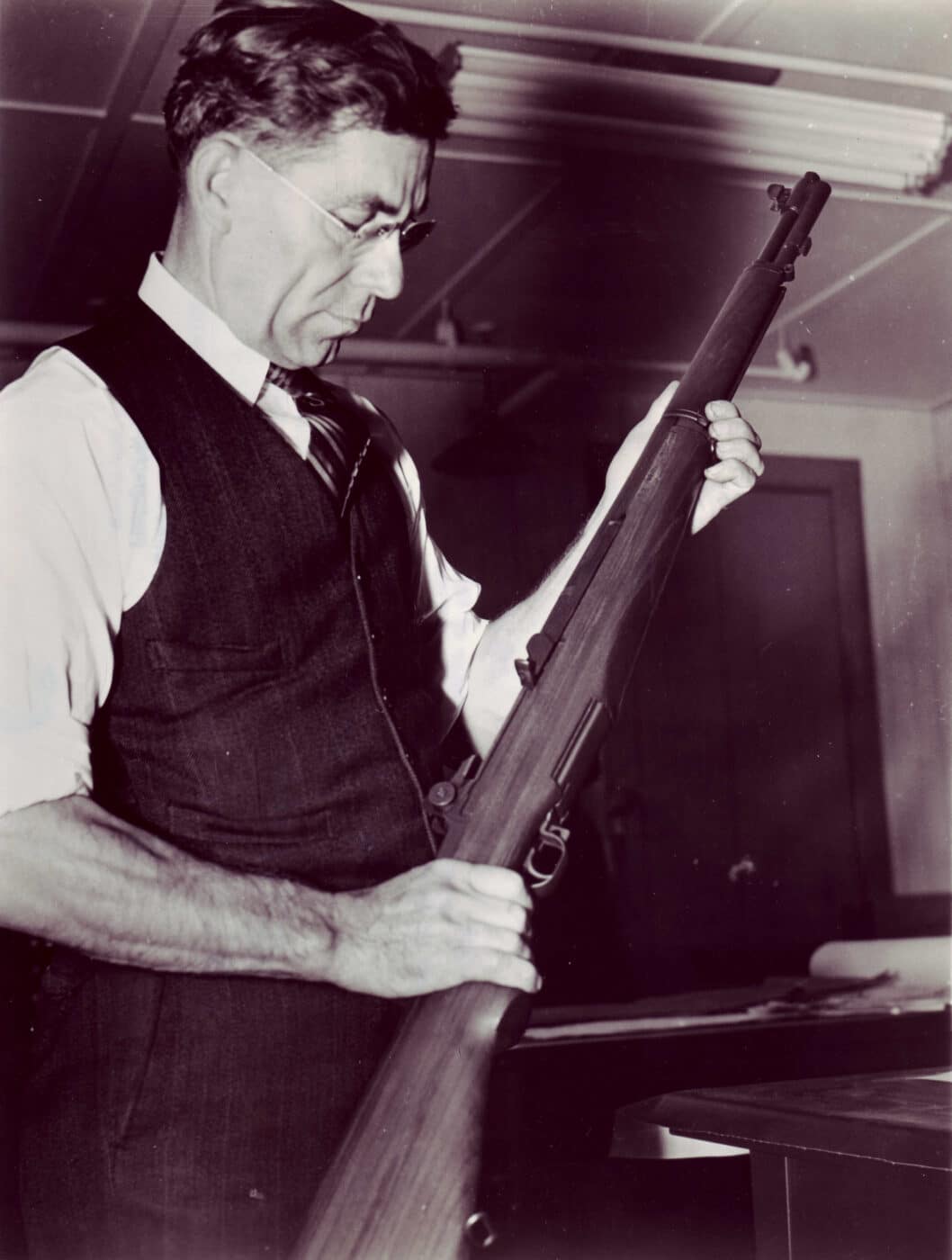
Because of this, it has been consigned to a dusty corner of the history of small arms, but that does not make it any less noteworthy. It came close to being the rifle cartridge that armed the U.S. military during the Second World War and, consequently, it came close to being one of the most influential cartridges of the 20th Century.
But John Garand was right all along. He knew that the War Department would not want to adopt a new cartridge and an expensive new semi-automatic rifle to shoot it. While we do not often look beyond his engineering prowess, it would seem that we should also recognize John Garand as having been a man who possessed a complex understanding of economics and politics as well.
Editor’s Note: Please be sure to check out The Armory Life Forum, where you can comment about our daily articles, as well as just talk guns and gear. Click the “Go To Forum Thread” link below to jump in and discuss this article and much more!
Join the Discussion
Continue Reading
Did you enjoy this article?

 216
216





